Using a blowtorch to burn weeds is a common method of controlling weed growth. The technique is easy and effective, making it a common weed control method. If you haven’t tried it, you should have a try and need to know how to burn weeds with a blowtorch effectively.
Start by wearing protective gear, clearing all debris, keep children and pets away. Before passing the flame over the weeds, ensure that there are no dry materials around to prevent the fire from spreading. Now light the flame from the weed’s roots to ensure you kill grass and weeds permanently. Once burnt, sweep the remnants and dispose of them off properly.

Steps to follow while using a blowtorch to burn weeds
Weeds growing in your grassy yard is not a wonder at all. However, they can take over your garden if not taken care of properly. So, what do you do about it?
Don’t rush for quick-fix solutions like herbicides or burning weeds with gasoline, as both methods are detrimental to the soil and wildlife. You know using a blowtorch is natural, and it will cause no harm.
Additionally, you can burn weeds with heat gun by directing the heat to the center of the weed to prevent growing back. In these steps, a blowtorch is ideal for killing weeds on non-flammable areas like rocky terrain. And here are the steps to follow:
- Remove all combustible materials and debris.
- Water the area surrounding the weeds to prevent heat conduction.
- Adjust the flame, keep it burning and point it to the weeds.
- Torch the roots or leaves as this will evaporate the water in the weeds and cause them to die.
- Once you cover all the weeds, switch off the torch and sweep the remnants.
Avoid torching weeds on dry combustible materials during summer or drought periods. Hence, the best time is in spring, early summer, or when the weeds are young.
When young and tender, weeds only need a little heat compared to when they’re mature. And torch them in the morning before the sun will give you get the best results. Torch weeds every three weeks or as fast as they grow until frost.
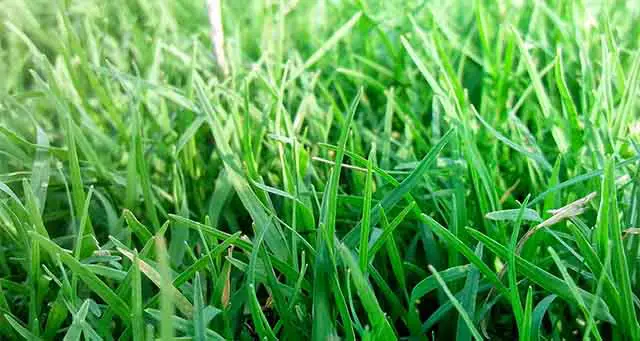
How long does it take to burn weeds with a torch?
Using a larger propane tank will result in a longer burning time. Also, the tip of the torch determines the burning period. Thus, to burn weeds faster, use a torch with a smaller tip as it burns fuel fast and will extinguish weeds the same way.
Most torches will have guidelines for their burning time, and you can select what works for you depending on the weeds you’re dealing with.
If you’re dealing with broadleaf weeds, flaming will kill them. However, most grasses grow below the ground with a protective sheath. Hence, you face flame-weeding disadvantages like regrowth or singeing other plants. Use a flame weeder weeks apart to suppress its growth adequately.
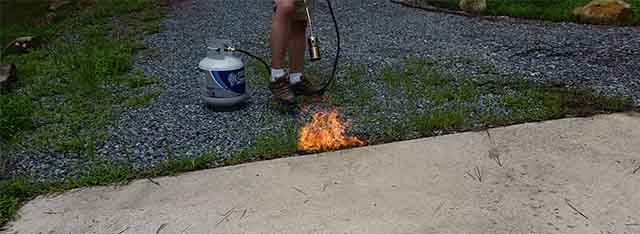
What permanently kills weeds?
If you seek to kill weeds permanently, there are several methods to use and get the ultimate results. Uprooting weeds only get rid of them for some time, but the method doesn’t eliminate roots and prevent regrowth. So, you should use a technique that attacks and destroys the roots for good.
Now, you may ask, will bleach kill weeds permanently? Undiluted bleach will kill weeds permanently. Direct the bleach to cracks and crevices on your sidewalk or driveway, and they’ll not grow again.
Here are more effective methods to kill weeds permanently.

Distilled, Malted, and White Vinegar
Use distilled, malted, and white vinegar solutions to permanently kill weeds. They’re natural and effective without harming the soil or wildlife in your lawn.
Items like salt and vinegar are cost-effective and readily available to kill weeds wherever they grow.
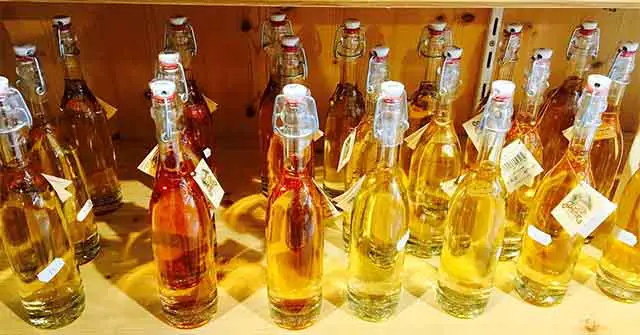
Malt Vinegar
It’s a byproduct of malted cereal, commonly used as a topping for chips. This vinegar effectively fights weeds as it contains acetic acid, which kills on contact. Get a spray bottle and spray it on weeds and kill them. However, don’t use it if there’s a massive weed infestation.
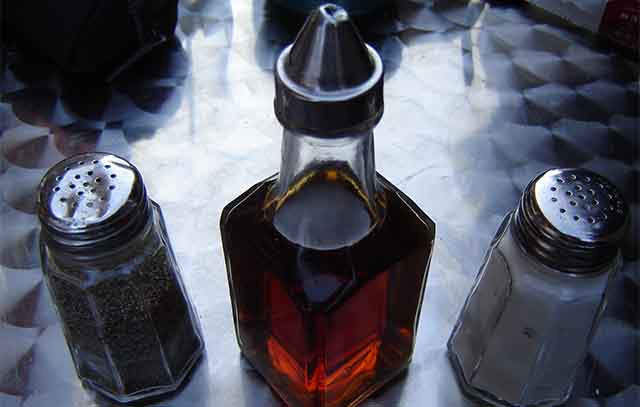
Distilled Vinegar
It comes from a grain alcohol mixture and is a useful cleaning solution. Distilled vinegar is a powerful weed killer because the acetic acid destroys weed cells, causing them to wither and dry permanently. Be careful when using it around your plants, as they can easily dry permanently. Mix distilled vinegar with table salt and spray when the sun is high to make weeds wither faster.

White Vinegar
It comes from sugarcane and is mixed with other acids that kill weeds quickly. Homeowners prefer to use the other two vinegar options, not because white vinegar isn’t effective, but because it’s strong enough to damage the soil. However, you can mix it with dishwashing soap to help it penetrate the ground without damaging the soil or nearby plants.

Apply Liquid Dish Soap
Dishwashing liquid soap alone isn’t effective in removing weeds permanently, but you can make it happen with dishwashing liquid using vinegar or table salt with it. It kills weeds from the internal roots to the seeds. Some mix liquid dish soap with water, then apply it directly to weeds.
Baking Soda
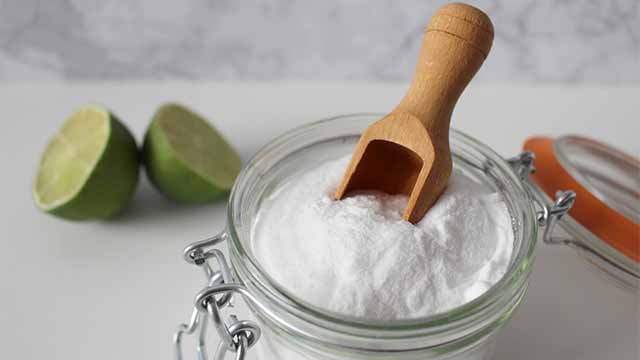
Baking soda is a cheap, readily available kitchen supply with various uses, including killing weeds. It’s effective in killing weeds because it contains sodium, which is toxic to plants. Mix baking soda with water, then apply it directly to weeds, and they’ll die. Further, baking soda prevents weed regrowth and fungal growth.
Frequently Asked Questions (FAQs)
What permanently kills weeds and grass?
To kill weeds and grass, Roundup is a non-selective choice to kill them permanently. As for the burn weeds vs. roundup option, the Glyphosate in Roundup infiltrates the entire plant through the leaves to destroy it to the roots.
What are the best ways to burn weeds with a blowtorch?
The best way to burn weeds with a blowtorch is to pass the torch in the area with weeds slowly, ensuring the flame is against the weeds. Apply the torch flame to the root or leaves, which will burn up the moisture causing it to evaporate, and eventually, the weed will die.
Does using a blow torch kill weeds?
Yes, a blowtorch kills weeds effectively. Clear the area of debris and combustible materials, then pass the flame over the leaves and roots to kill them.
Does vinegar kill weeds permanently?
Vinegar kills weeds permanently, including the stubborn broadleaf weeds, thanks to its acidic nature. However, the acid destroys the leaves before getting to the root system. Hence, the weeds can grow back fast.
What weeds should not be burned?
Avoid disposing of weeds like sumac, poison ivy, or Oak in your backyard fire pit. They’re poisonous, and the irritants in the plants are released into the air and can cause lung irritation and serious allergic respiratory issues.
Final Verdict
You should know now how to burn weeds with a blowtorch and kill them permanently. However, to achieve this, you can use natural solutions like vinegar with table salt or baking powder to kill the invasive weeds for good.
Further, you can also use a bleach solution to permanently remove weeds on the cracks of your sidewalk or driveway. Alternatively, you can use artificial weed killers to get rid of them forever, but in that case, it may be necessary to get professional help.
Also read – Can I Use a Lighter Instead of a Kitchen Torch?
